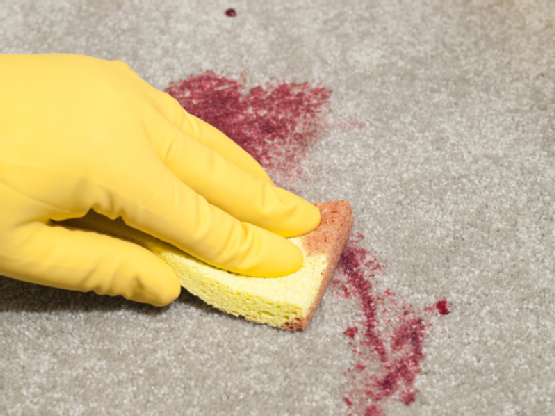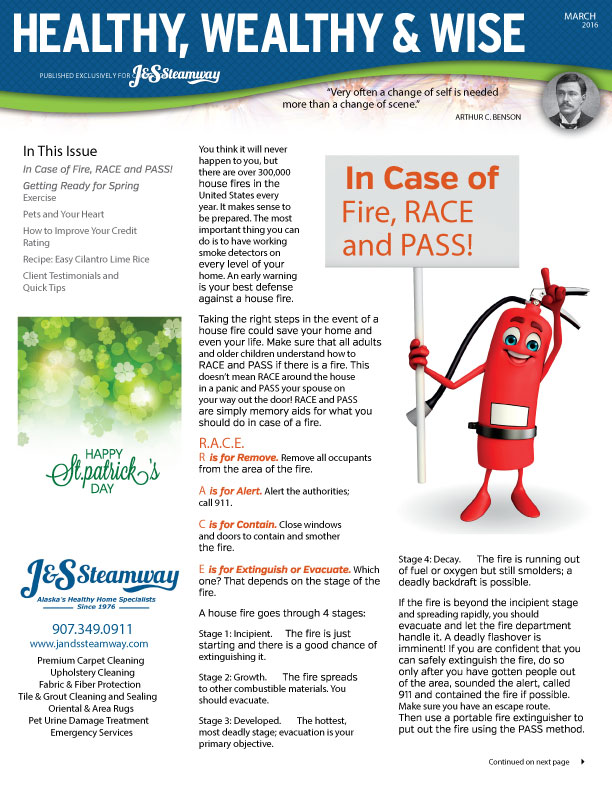How to Clean Up a Spill
Step 1
Cover spill with a WHITE napkin or paper towels. DO NOT use colored paper! It might transfer onto the carpet. Be sure to use a THICK stack to absorb as much of the spot as possible.
Step 2
Blot by stepping on the stack of towels. REPEAT THIS PROCESS UNTIL NO TRANSFER TAKES PLACE. Do not rub!!
Step 3
Apply spotting agent. Warning: Do not use over-the-counter spot removers! They can leave a sticky residue that attracts soil and may discolor your textiles. Instead, call us to find out what spotters we recommend.
Step 4
REPEAT steps 1 and 2. If the spot does not come out, do NOT attempt any further action, as you may set the spot and/or damage your textiles. Instead, give us a call. Do not over-wet the spot. Keep blotting until dry to the touch.
Why Spots Return After Your Cleaning?
Have you ever wondered why spots return after having your carpet cleaned? There are two reasons why spots return.
Reason 1: Wicking
Many times, the spot that is being removed has seeped into the backing of the carpet. This is common with pet urine, beverages, and anything spilled in “volume.” The material dries in the backing and in the cushion (pad) of the carpet. When the spot is cleaned, only the material in the “pile” of the carpet is removed. However, moisture is introduced into the backing of the carpet. As the spot dries, the material in the backing of the carpet “wicks” back into the pile of the carpet much like wax into a candlewick.
Even traffic area soil that is embedded can wick back. This is especially common in glued-down carpet that is heavily impacted with soil. When the carpet is cleaned, it looks good. When it dries, the spots and traffic area soil come back.
The good news is if a spot actually wicks back, it can be removed. When you spot clean, place a folded white terry cloth towel over the spot just after you clean it while the spot is still moist. Place a heavy object on top of the cloth. Be sure to use a non-porous object that won’t transfer color onto the carpet. For example, a paper book cover could transfer color. Use a brick, a planting pot, or something like that.
When you have our carpet cleaned professionally, be sure to point out spots that have wicked back in the past so they can be treated properly.
Reason 2: Re-soiling
Resoiling is caused by a sticky residue that has been left behind. The residue may be from the spot itself, the cleaner that was used, or both. Some common residue causes are over-the-counter carpet cleaners purchased at the grocery store. Avoid using these cleaners altogether. If you have to use one of these cleaners or you have to use dishwashing detergent, use as little as possible and rinse with water thoroughly.
Other residue causes are oily spots, duct tapes body oils, lotions, and other sticky or oily substances. If the entire oily residue is not removed, it will attract soil as the carpet is walked on. Even quality professional cleaning may not remove all oily residues the first time.
Schedule an appointment with one of our consultants today! 907 349-0911








